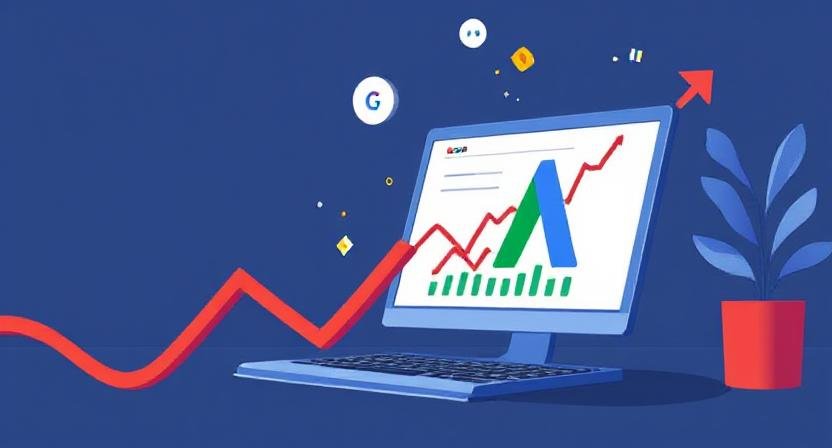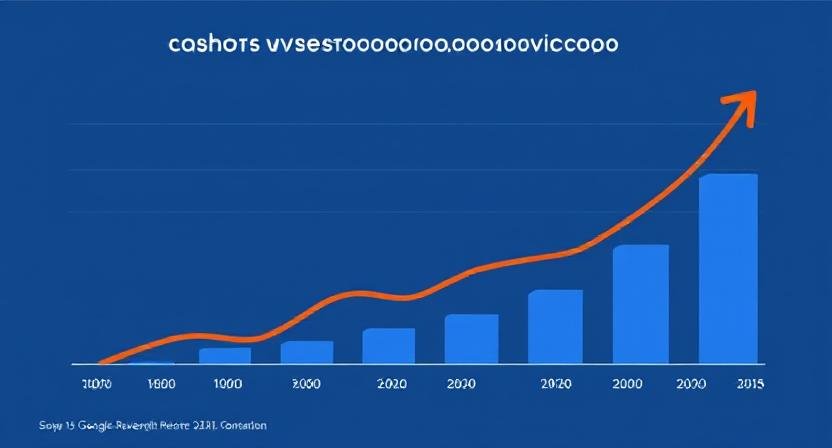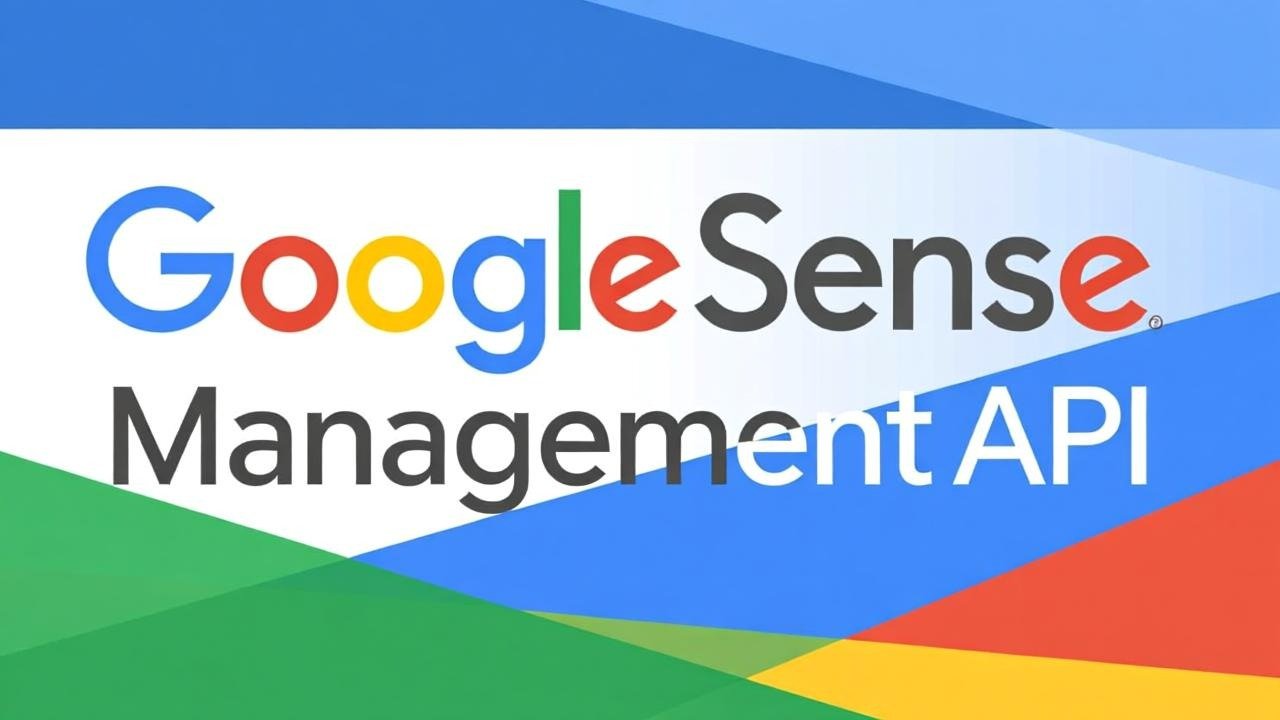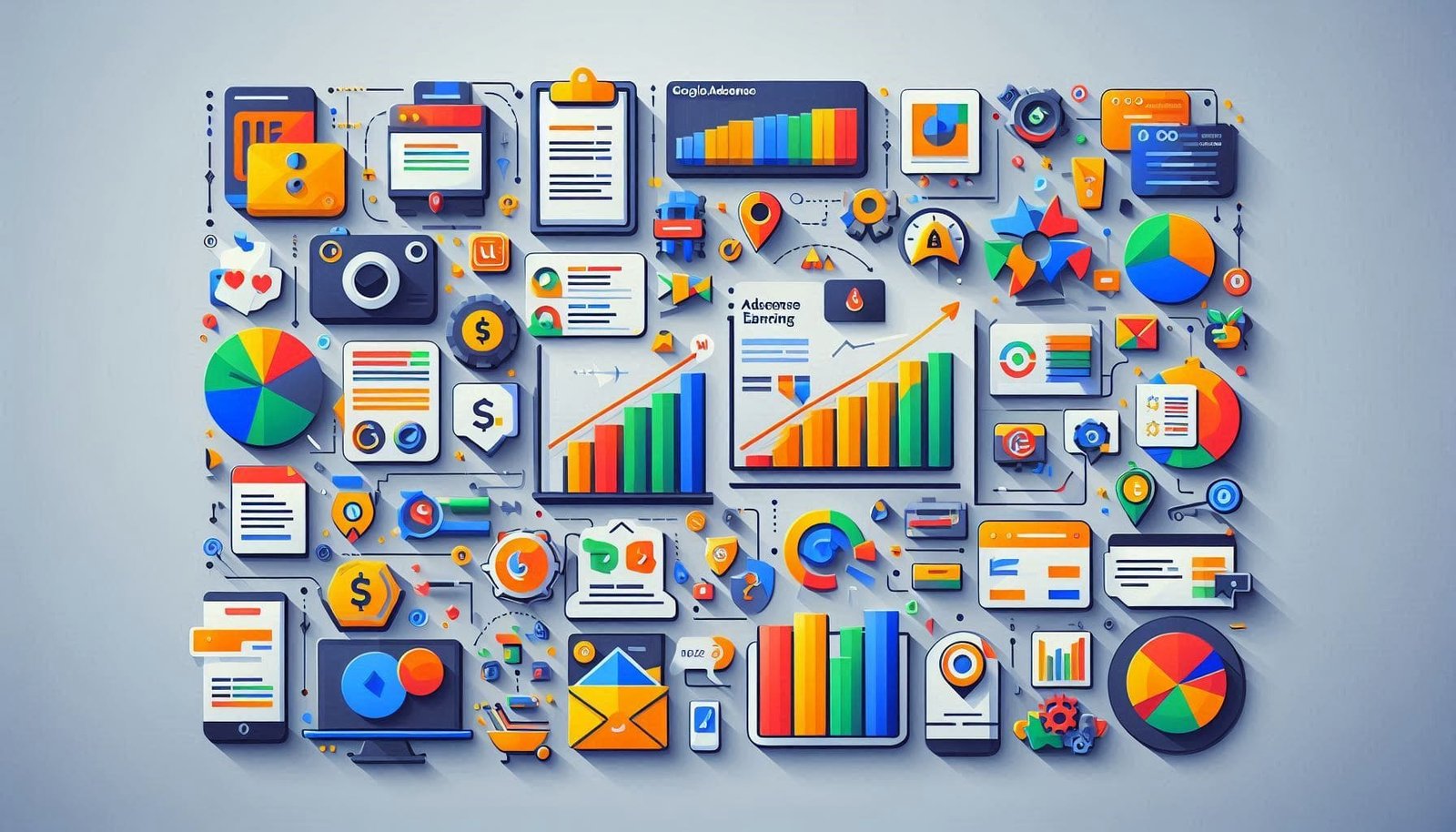Google Ads continues to be a cornerstone of digital marketing in 2025, providing businesses of all sizes an opportunity to reach highly targeted audiences and generate valuable leads. But as the ecosystem evolves, so do the strategies needed to maximize return on ad spend (ROAS) and minimize wasted budget.
This article explores the most effective Google Ads optimization strategies in 2025, offering actionable advice to sharpen your campaigns and boost performance. Whether you’re managing search ads, display campaigns, or cutting-edge Performance Max initiatives, these tips will keep your account ahead in a competitive and complex PPC landscape.
The Importance of Google Ads Optimization in 2025
Optimization means continually refining your campaigns to improve key performance indicators like click-through rates (CTR), quality scores, conversions, and ultimately profitability. In 2025, with Google’s increasing use of automation and AI-driven bidding, human oversight and smart strategy remain critical to guide machine learning where it counts most.
Without optimization, campaigns quickly stagnate, leading to budget waste and missed growth opportunities. Properly optimized campaigns deliver greater efficiency, allowing for better scaling and higher returns.
Key Google Ads Optimization Strategies for 2025

1. Conduct Granular Keyword Management
-
Focus on Intent with Long-Tail Keywords: Long-tail keywords better match specific user intent and generally cost less while converting higher.
-
Regularly Prune and Expand: Audit your keyword list monthly. Remove underperforming or costly keywords and add new relevant ones discovered through Search Terms reports.
-
Negative Keywords are Essential: Aggressively use negative keywords to exclude irrelevant traffic and prevent wasted spend.
2. Structure Campaigns and Ad Groups Thoughtfully
Divide campaigns by themes or product lines. Create tightly-knit ad groups containing a handful of related keywords. This increases ad relevancy, Quality Score, and lowers cost per click (CPC).
3. Craft Highly Relevant and Responsive Ad Copy
-
Utilize Google’s Responsive Search Ads to test multiple headlines and descriptions, letting AI optimize combinations.
-
Include key phrases in headlines.
-
Strong calls to action and benefit statements drive higher CTR.
4. Leverage Audience Targeting and Segmentation
In addition to keywords, layer audience signals:
-
Remarketing: Re-engage engaged users who didn’t convert.
-
Customer Match: Target past customers with personalized messaging.
-
In-Market and Affinity Audiences: Reach users actively researching relevant products.
5. Smart Bidding with Informed Human Guidance
Google’s automated bidding strategies—like Target CPA, Target ROAS, and Maximize Conversions—are extremely powerful when supported by clean data and goal clarity.
Avoid manual bid tinkering while campaigns are in “learning” mode and ensure conversion tracking is accurate and aligned with business objectives.
6. Optimize Landing Pages for User Experience
Even the best ads fail without consistent and compelling landing pages. Prioritize:
-
Fast load times
-
Mobile responsiveness
-
Clear calls to action matched to ad promises
-
Minimizing distractions
7. Utilize Ad Extensions Fully
Add site links, callouts, structured snippets, and call extensions to increase ad real estate and improve click-through rates.
8. Continuous Testing and Experimentation
Run A/B tests on ads, landing pages, and audiences regularly. Use Google Ads Experiments features to validate hypotheses and make data-driven decisions.
Common Pitfalls to Avoid
-
Ignoring conversion tracking integrity
-
Over-optimizing with too-frequent changes disrupting learning algorithms
-
Neglecting audience targeting in favor of keywords only
-
Chasing vanity metrics instead of focusing on conversion and profitability
Recommended Tools and Resources
-
Google Ads Editor for bulk edits and campaign management
-
Google Analytics & Google Ads conversion tracking for performance measurement
-
Keyword Planner and Search Terms reports for ongoing research
-
Third-party optimization tools like Optmyzr or Lunio to surface insights and automate routine tasks
Authoritative Resource
Always stay tuned to Google Ads Help Center for the latest official guidelines, feature updates, and optimization best practices vetted directly by the platform creators.
Read More: Mastering Google Ads Optimization Strategies in 2025: A Complete Guide for Marketers
Conclusion
Google Ads optimization in 2025 is a nuanced blend of leveraging automation’s power while applying strategic human oversight. By implementing thoughtful keyword management, smart audience targeting, precise bidding, compelling ad creatives, and persistent testing, advertisers can elevate their campaign performance and achieve scalable, profitable growth.
The evolving PPC environment rewards those who adapt and optimize strategically. Make these principles your routine to unlock your Google Ads campaigns’ full potential this year and beyond.











1 thought on “Google Ads Optimization Strategies for 2025: The Ultimate Guide to Maximize ROI”